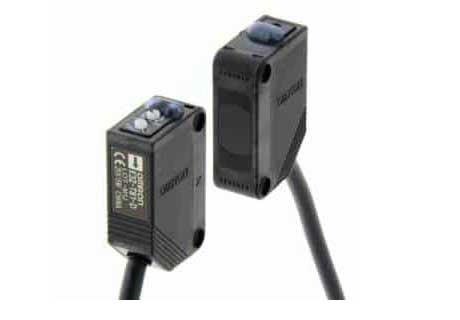What Are the Disadvantages of Photoelectric Detectors?
Key Takeaway
While highly effective, photoelectric detectors can suffer from limitations such as sensitivity to environmental factors like dust, smoke, and fog, which can interfere with light transmission. They also have range limitations and may require frequent adjustments to maintain accuracy.
Overview of Potential Limitations
While photoelectric detectors are invaluable in many industrial applications for their precision and versatility, like all technologies, they come with certain limitations. Understanding these disadvantages is crucial for effectively integrating them into your systems and avoiding common pitfalls that could affect their performance.
These sensors, which rely on the detection of light changes caused by objects, may sometimes struggle under specific conditions or in particular applications. Being aware of these limitations will help you to plan better and optimize the sensor usage to maintain efficiency.

Environmental Sensitivity Issues
One of the primary challenges with photoelectric detectors is their sensitivity to the environment. Elements such as ambient light, dust, and moisture can significantly interfere with their accuracy. In outdoor applications, sunlight can overwhelm the sensor’s light source, leading to false readings or failure to detect objects. Similarly, in dusty or foggy environments, particles in the air can diffuse or absorb the light beam, which diminishes the sensor’s effectiveness.
To mitigate these issues, it is essential to choose sensors with appropriate environmental ratings and consider protective measures such as installing shields or using filters that can help maintain accuracy despite these external factors.
Range and Detection Limits
Photoelectric detectors have specific range limitations depending on their design. The three main types—diffuse, retro-reflective, and through-beam—each offer different ranges and detection capabilities, which can be a limitation if not matched correctly to the application’s needs. Diffuse sensors, for instance, are limited to shorter distances because the light must travel to the object and back, while through-beam types can detect objects across much greater distances.
Selecting the right type of photo sensor for the distance over which detection is required is crucial. Misalignment between the sensor’s capabilities and the application’s requirements can lead to inefficiencies and increased operational costs.
Dealing with False Readings and Interference
Photoelectric detectors are not only susceptible to environmental interferences but can also give false readings due to highly reflective objects or transparent materials. For example, a shiny object might reflect the sensor’s light in such a way that it mimics the presence of a nonexistent object, or clear materials might not reflect enough light to trigger the sensor effectively.
To combat these issues, it is important to calibrate the sensors specifically for the types of objects and conditions they will encounter. Regular maintenance and testing can also help identify and rectify sensitivity settings that may lead to false alarms or missed detections.
Comparing Disadvantages with Other Sensors
When compared to other types of sensors, such as inductive or capacitive models, photoelectric detectors offer a broader range of detection but with the caveat of environmental sensitivity. Inductive sensors, which detect metallic objects through magnetic fields, are not affected by dust or moisture, while capacitive sensors, ideal for detecting non-metallic materials, can operate effectively in dirty conditions.
Understanding these comparative disadvantages is key to choosing the right sensor type for your specific industrial environment and ensuring that your system’s overall setup is optimized for reliability and accuracy.
Conclusion
Despite their disadvantages, photoelectric detectors are widely used across various industries due to their versatility and high level of accuracy in appropriate conditions. By carefully considering their limitations and implementing strategies to mitigate these issues, you can maximize the benefits of photoelectric detectors while minimizing the drawbacks. As you navigate your way through the complexities of sensor technologies, keep these points in mind to choose the best options for your specific needs, ensuring your operations are both efficient and cost-effective.
